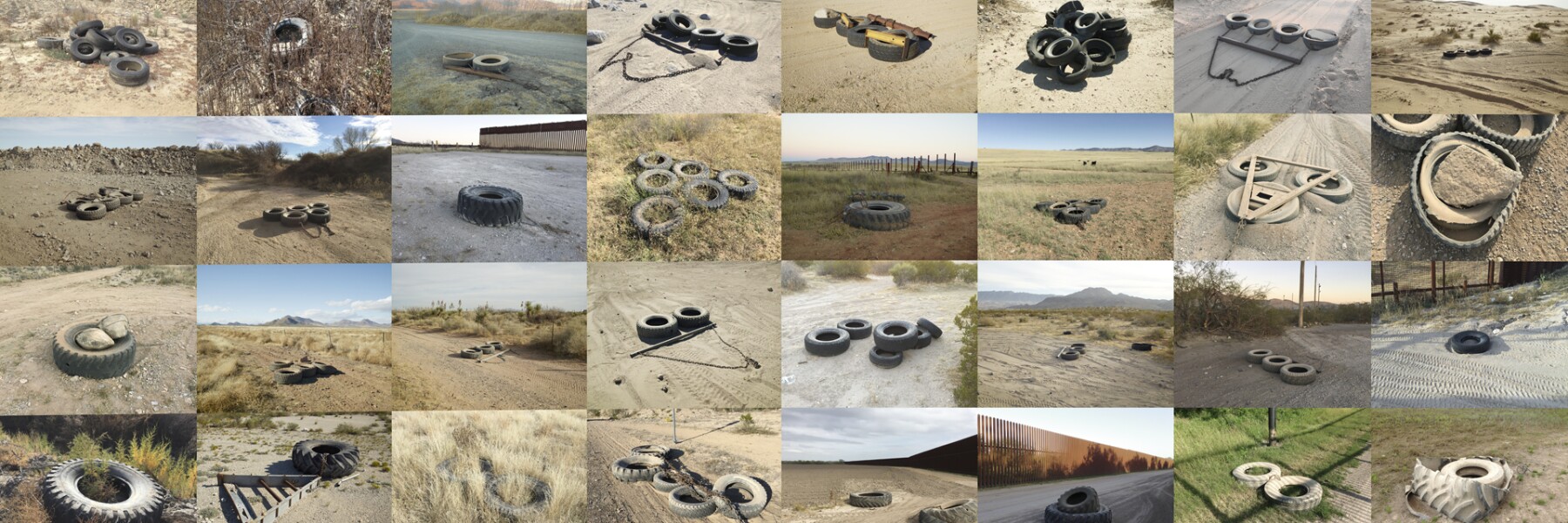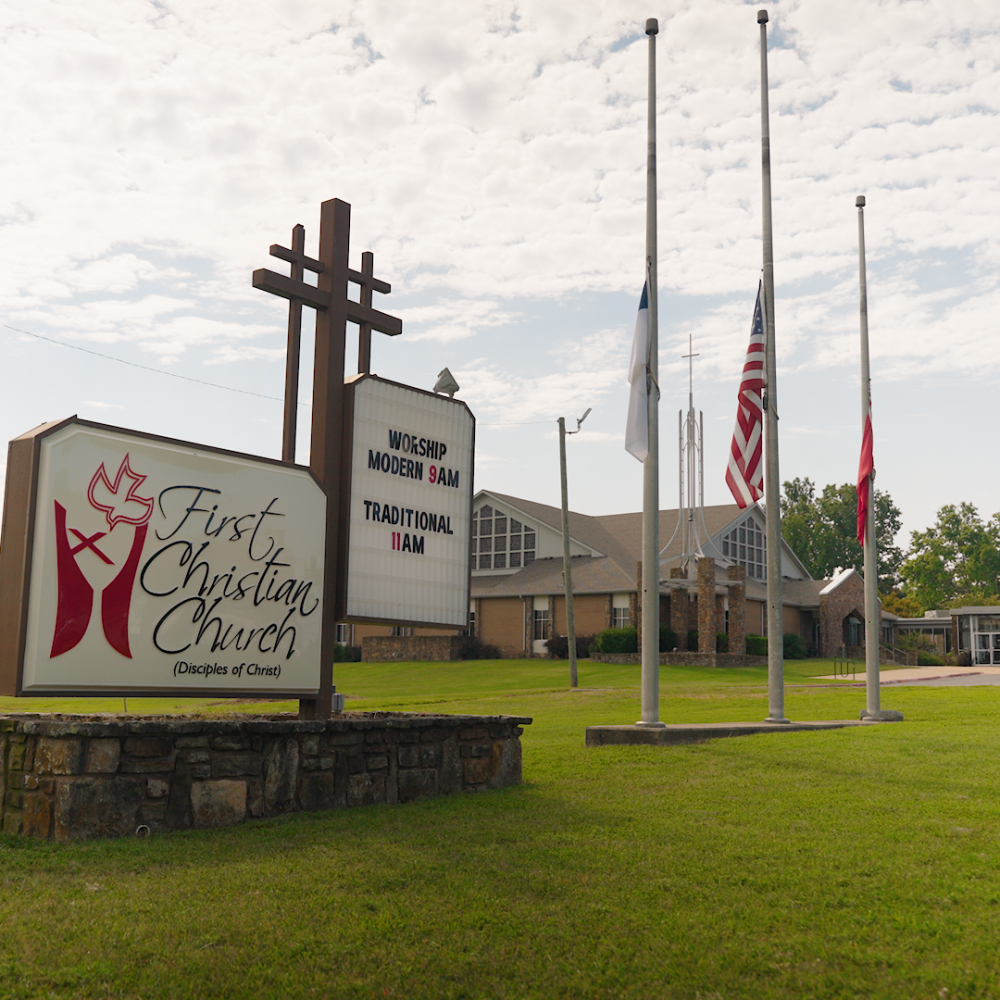The photograph shows a blue, plastic barrel plunked in the desert plain near the border city of Calexico, California. Beside it, a tattered flag flaps in the wind – alerting immigrants to the life-saving water station. The sky above the barren landscape is pale blue and cloudless, suggesting heat and desperation. Or maybe, hope.
Photographer Richard Misrach’s powerful “Agua #1” is one of about 80 artworks included in Border Cantos: Sight & Sound Explorations from the Mexican-American Border, a new temporary exhibit at Crystal Bridges Museum of American Art in Bentonville, Arkansas.
A collaboration between Misrach and sculptor/composer Guillermo Galindo, Border Cantos uses art to explore the challenges of migration and humanize the complex issues surrounding the United States-Mexico border.
The exhibit, which opened Feb. 18, is also part of a multi-year effort by Crystal Bridges to expand its audience through culturally relevant content that is attractive to Northwest Arkansas’ diverse population.
Border Cantos is presented in English and Spanish and will be promoted with community engagement featuring 25 events throughout the region. At several of these events, residents have been invited to share their own immigrant’s experience and personal reflections on the artwork.
Crystal Bridges director Rod Bigelow, who also serves as chief diversity and inclusion officer, says Border Cantos helps fulfil museum’s goal is to tell the American story through multiple voices.
“Fostering inclusiveness and achieving diversity is one of the most critical issues facing museums today,” Bigelow says. “We can’t tell the American story through a singular voice. Everyone’s experience is enriched when multiple voices are represented.”
In the exhibit, Misrach’s photographs document the security infrastructure along the border and its impact on the physical environment. They show existing border fencing stretching across miles of uninhabited territory and through the backyards of homes and communities. One collage of photos shows “drag tires” used by border patrol agents to clear paths of sand in the desert, allowing them to see the footprints of border crossers.
Similarly, Galindo’s sculptures are created from objects found along the border, including sections of twisted steel wall, ladders used to scale the fencing, shotgun shells, discarded food containers and children’s shoes. Galindo transformed the objects into instruments, which he used to create a soundtrack symbolic of the immigrant trek.
“We’re trying to share a variety of perspectives,” says Ali Demorotski, curatorial lead for the exhibit. “It’s an open landscape and view showing the places and communities and remnants that have an impact on the human journey.”
That impact resounds in the Agua #1. Misrach made the image in 2004 in Imperial County, California, where hundreds of immigrants have died while crossing the desert since the 1990s. Nonprofit groups place jugs of water in the barrels – stamped AGUA – to help prevent deaths from exhaustion and dehydration.
At several pre-opening community engagement events for Border Cantos in Northwest Arkansas, the artwork has provoked strong reactions – particularly among Hispanic immigrants.
Emily Rodriguez, senior museum educator, said that for some older immigrants viewing the photographs can be “traumatic” because they bring up memories of their own border journeys. Many younger immigrants, however, respond enthusiastically. The museum has engaged local DREAMers to share their personal stories at upcoming community panel discussions on Border Cantos.
“They are very passionate about putting a human face to this issue,” Rodriguez says. “They keep saying thank you for having this exhibition.”
Crystal Bridges’ efforts to expand its audience began with the formation of its Access and Inclusive Programs department in 2015. Hispanic attendance at the museum is up significantly. In 2015, 62% of Hispanic residents in Northwest Arkansas said they visited the museum, an increase from 30% in 2012, according to a Walton Family Foundation quality of life study.
In planning the exhibit and outreach for Border Cantos, Crystal Bridges consulted with an advisory committee of local Hispanic residents for input on how to make Border Cantos an inclusive experience.
“A lot of our guests have never been to the border,” says Ali. “But some people in our area have gone through this journey. We worked really hard to make sure they feel a part of the museum and this exhibit.
Lead image: Richard Misrach: Border Patrol Drag Grid, Pacific Ocean to the Gulf of Mexico, 2009-2015, pigment print, 86 in. x 19ft. 1/2 in.





